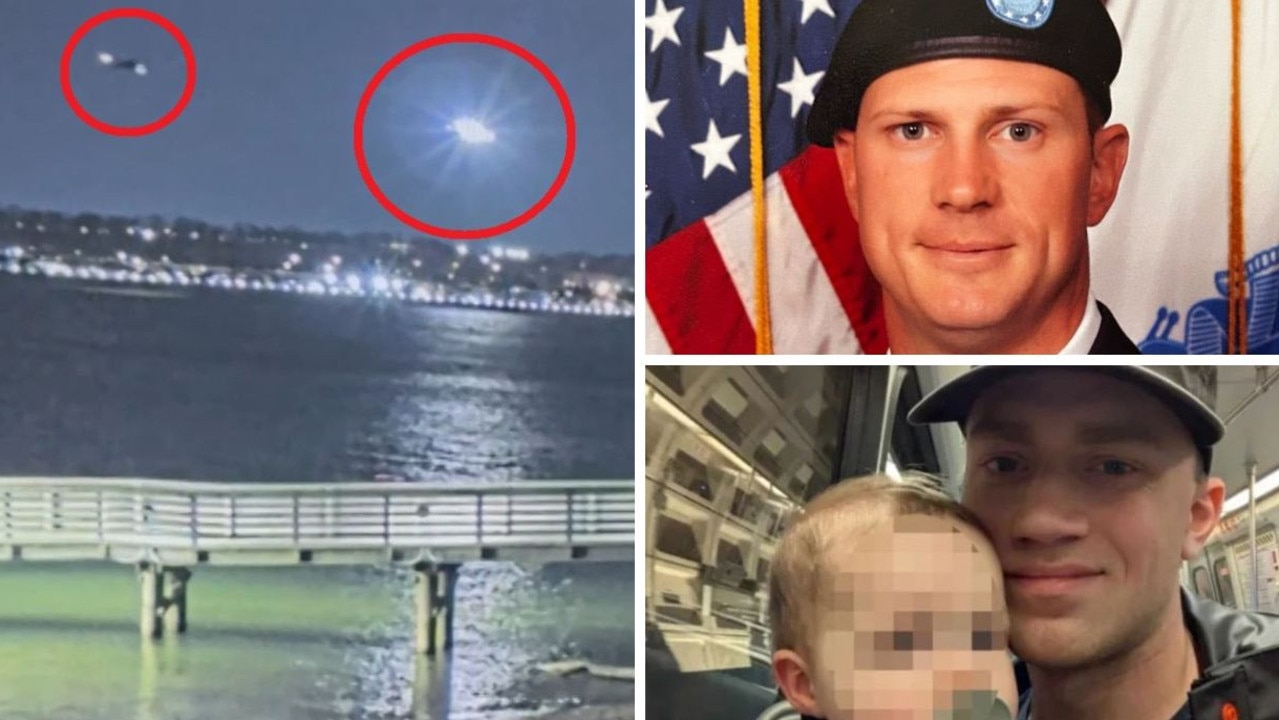‘Last second’: Pilot may have attempted to avoid disaster
The pilot of a passenger plane that hit a military chopper may have attempted a last second move to evade the collision, authorities say.
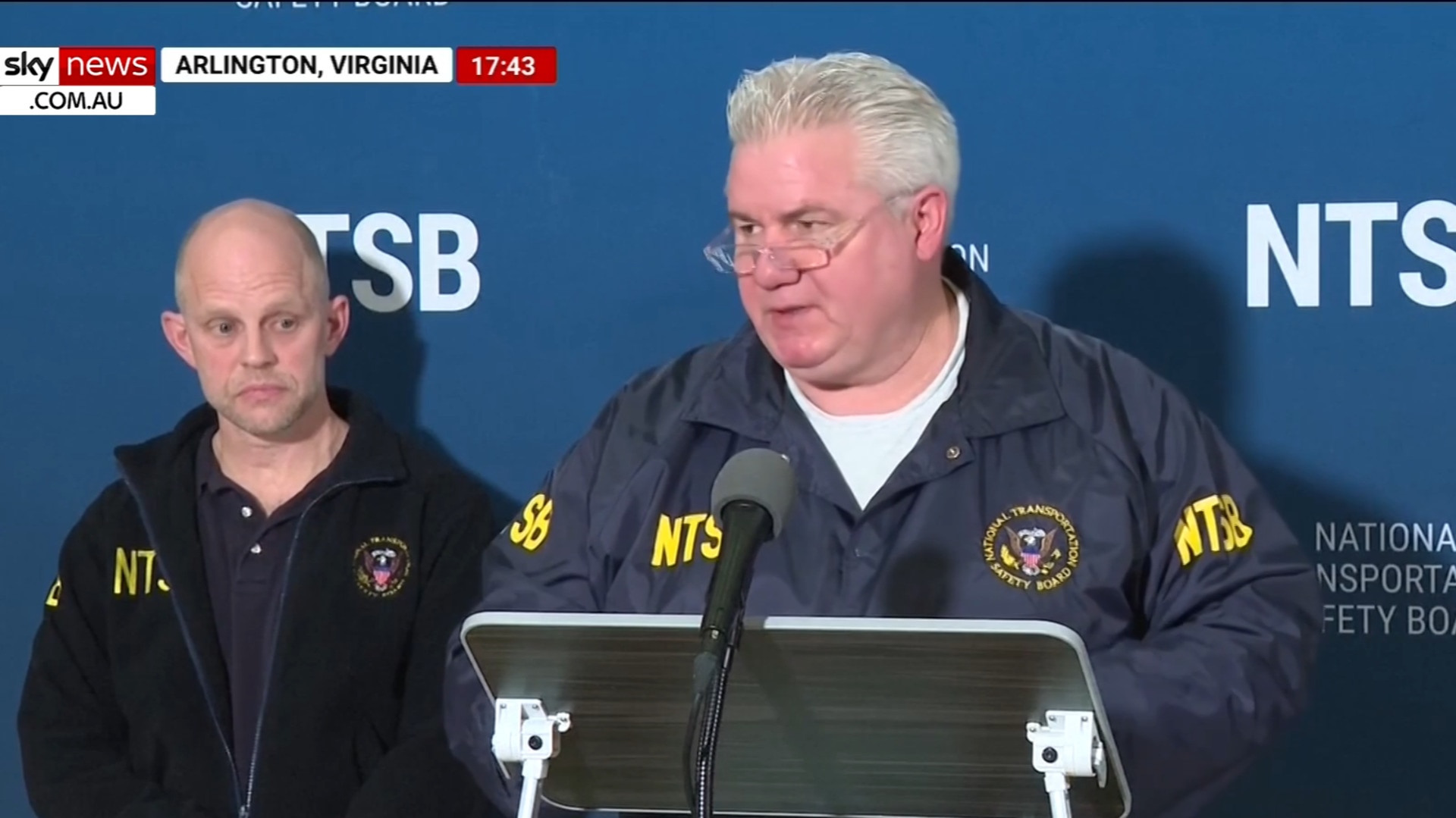
World
Don't miss out on the headlines from World. Followed categories will be added to My News.
The pilot of a passenger plane that hit a military chopper and crashed in the Potomac River this week may have attempted a last second move to avoid the collision, the US National Transportation Safety Board (NTSB) has revealed.
The American Airlines regional jet was at 325 feet at the time of impact “plus or minus 25-feet” the NTSB revealed at the press conference on Saturday, local time.
“At one point, very close to the impact, there was a slight change in pitch, an increase in pitch,” NTSB board member Todd Inman said of the nose of the plane, the New York Post reported.
“That is something we will get you more detail on.”
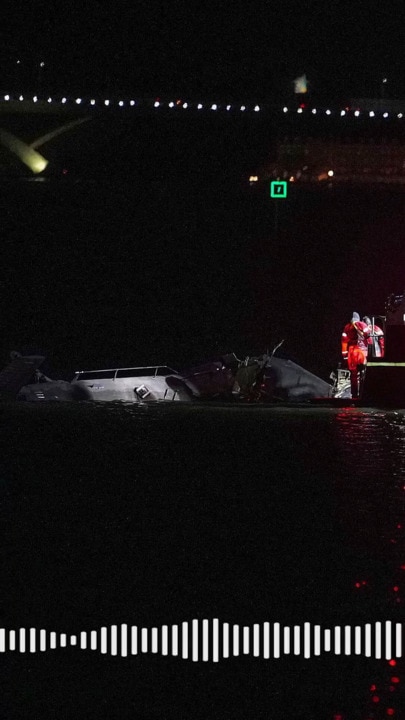
However, that manoeuvre was at the “last second” and failed to prevent the jet from colliding with the helicopter, he said.
The information came from the on-board flight data recorder which was recovered by rescue teams from the Potomac River on Friday.
“Again, this data is preliminary,” Mr Inman stressed, though stated official word will come from the agency in the coming days.

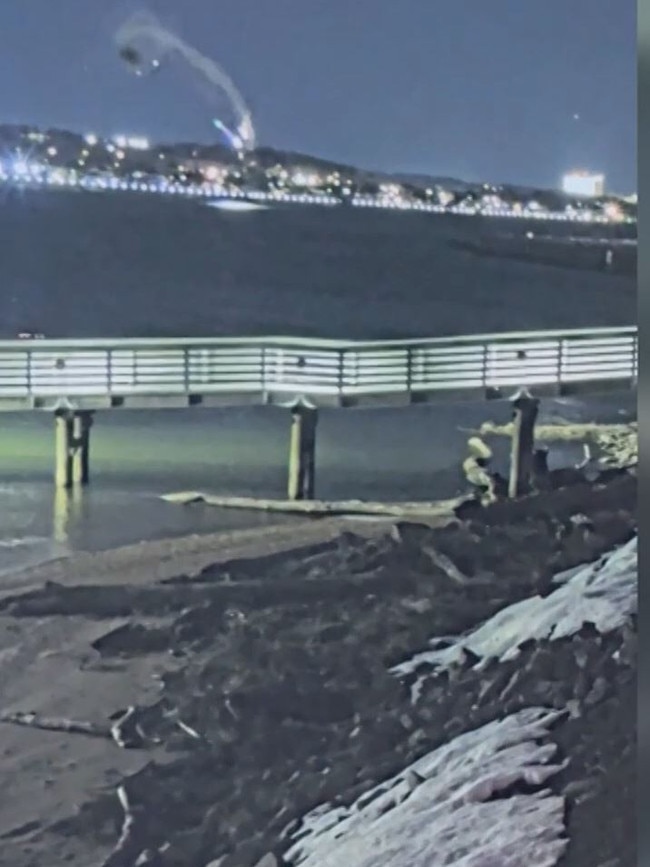
Authorities say there are discrepancies in some of the data with the air traffic control tower’s estimation of the plane’s altitude on impact not perfectly aligning with the recovered dataset.
The ATC tower had the plane at 200 feet at the time of impact, meaning there is a discrepancy of 100 feet between the measurements of the plane and of the controllers on the ground.
Mr Inman said the discrepancy would be looked at during the investigation.
“We need to get more granularity to it,” he said.
“And we currently don’t have the readout of the Black Hawk,” Mr Inman added, stating that the data from the helicopter will help resolve the gaps in the investigation’s dataset.
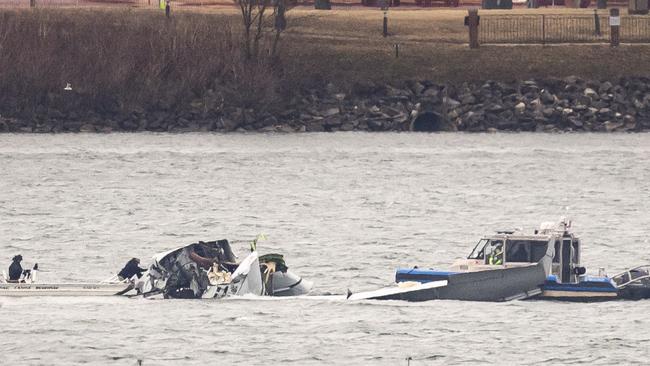
NTSB said they are continuing to work out the transcripts of both the plane and helicopter communications, which occurred on different channels.
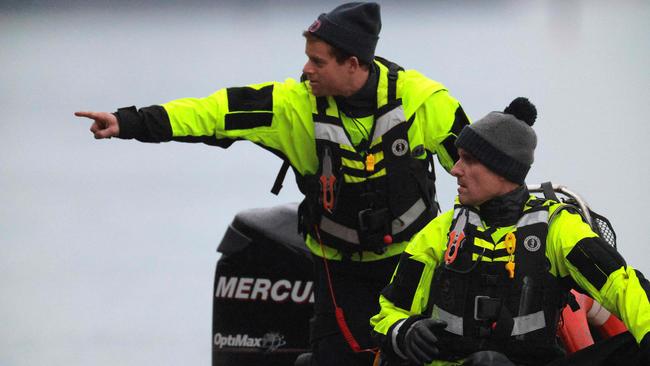
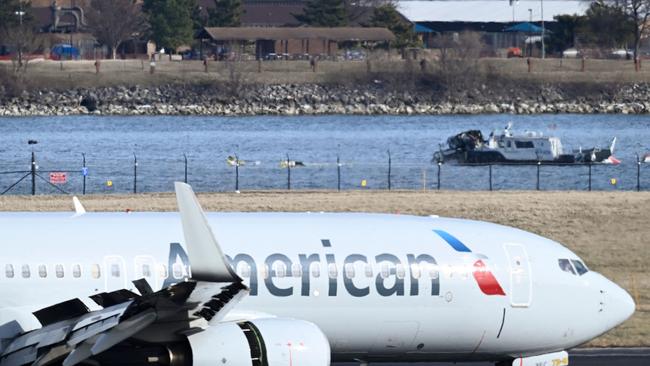
The agency clarified that the recordings that are circulating on social media are only half of the communications that were sent out by the DC control tower on Wednesday.
NTSB also confirmed that this training flight would require night vision goggles for the military personnel and that this could have contributed to the accident, though it was not clear.
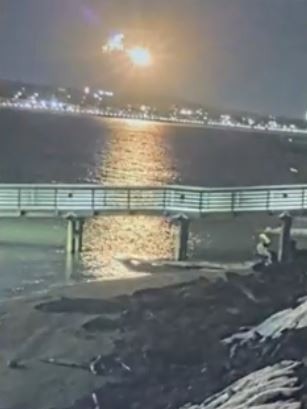

At the time of the accident there were “five controllers in the ATC tower-cab at DCA.”
“One was a local controller which was handling not only helicopter but fixed wing aircraft. The local controller also would be arrivals, departures, closing airspace and use of the runway,” Mr Inman said.
There was also an assist controller to support the local controller - though that person will not appear on any tapes.
All controllers in the tower-cab have been interviewed by NTSB as part of their investigation.
Mr Inman emphasised that all of the controllers have been emotionally affected by Wednesday’s tragedy.
This story originally appeared on the New York Post and was republished with permission.
More Coverage
Originally published as ‘Last second’: Pilot may have attempted to avoid disaster




